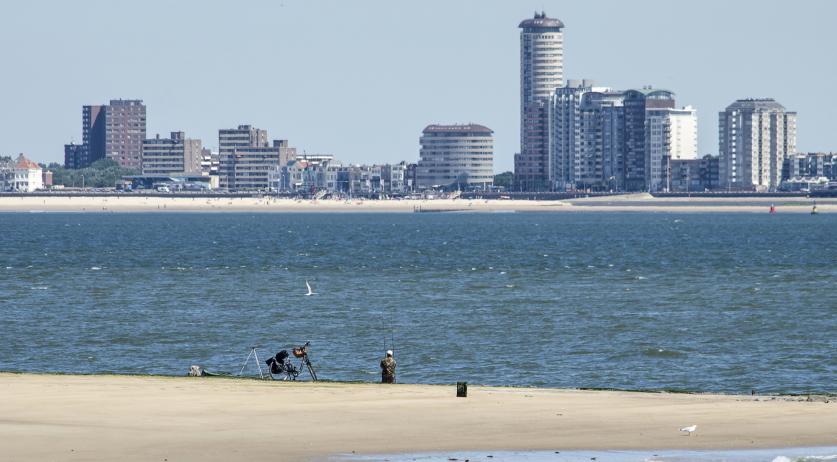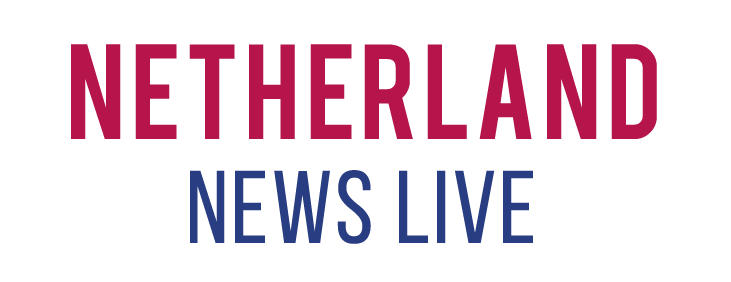Dutch Institute of Health Concerned About PFAS Levels in Foods, Especially Cod

A significant portion of the Dutch population is exposed to potentially unhealthy high levels of PFAS, according to a study released Thursday by the Dutch Institute for Public Health (RIVM). The main source of exposure to these chemicals is the consumption of food, especially fish. Already a year ago, RIVM warned against eating seafood from Westerheld This is because seafood caught in this area contains high levels of PFAS.
PFAS (perfluoroalkyl and polyfluoroalkyl substances) are man-made chemicals used in a variety of heat, water and oil resistant products. However, they are persistent and can have adverse effects on human health, thus raising environmental and health concerns. These chemicals are difficult to break down and are associated with cancer, elevated cholesterol, and reproductive problems.
PFAS are almost ubiquitous in the environment and are used in a wide variety of products such as food packaging, non-stick coatings and waterproof clothing.factories such as Dordrecht chemist and 3M in Antwerp We released PFAS into rivers and into the atmosphere for many years.
The report found that concentrations of PFAS ingested by people exceed “health-based guidance values,” reference levels used to assess potential health risks associated with exposure to certain substances. made it clear. This limit is intentionally set very low, so exceeding this limit does not immediately imply that everyone will eventually get sick.
The average amount of PFAS consumed by individuals is about 40% less than previous estimates. Nonetheless, the RIVM expresses concern about exceeding limits, as long-term exposure to excessively high concentrations can lead to health hazards.
RIVM tested 54 food samples and found that cod had the highest PFAS levels, followed by canned salmon and fish sticks. However, the RIVM suggested that fish once a week, as recommended by Voedingscentrum, is still preferable due to the nutritional value, vitamins and minerals contained in fish. Researchers recommend eating a variety of foods as a general strategy for limiting PFAS intake.
According to the report, more than 70 percent of the substances people ingest are food, with the remainder coming from other sources such as drinking water. Surface water contains the highest levels of her PFAS. Although the concentration is low, even a small contribution contributes to the total exposure. Most tap water in the Netherlands comes from groundwater, which is cleaner. RIVM advises people to keep drinking especially tap water.
However, in recent years, the regulations have become stricter. A total ban on these substances is underway at European level, but could take years to achieve.
https://nltimes.nl/2023/07/06/dutch-health-institute-concerned-pfas-levels-food-especially-cod Dutch Institute of Health Concerned About PFAS Levels in Foods, Especially Cod





